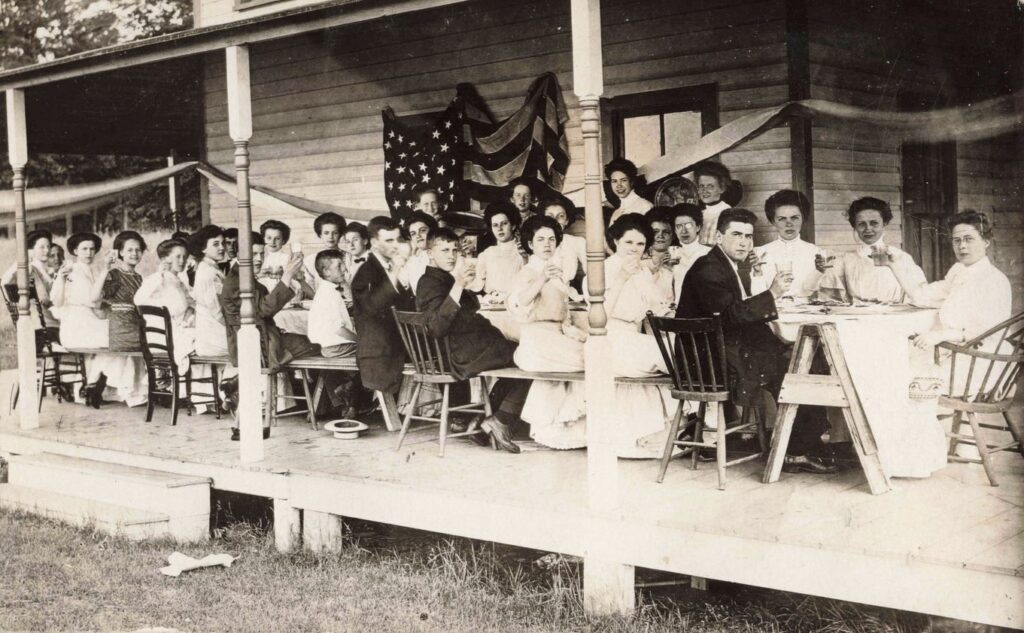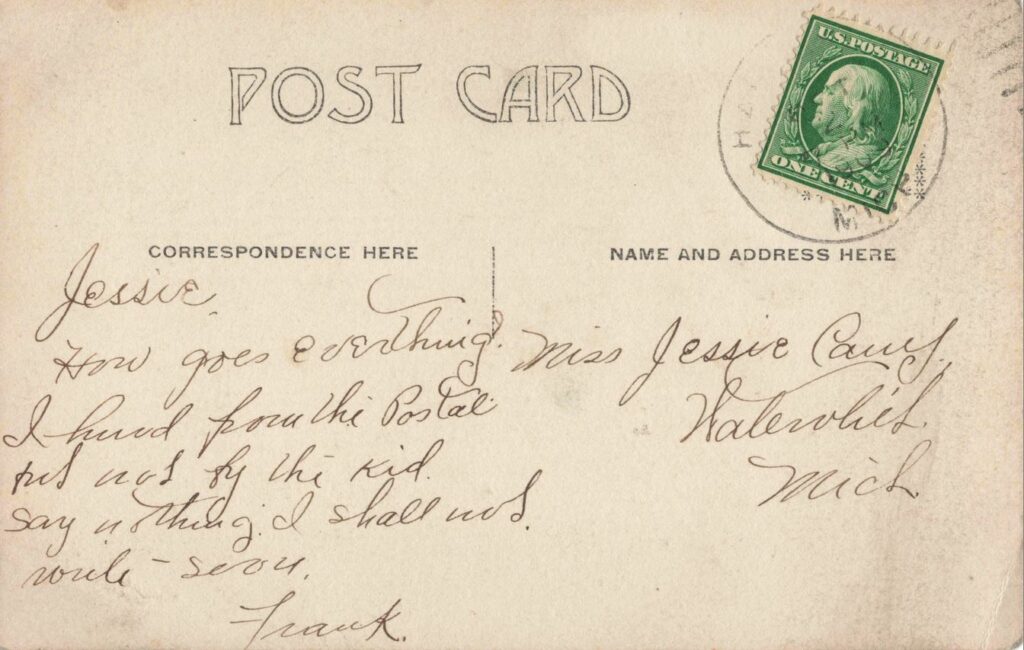If you have been searching for rare record sets for hard-to-research relatives, you may want to pivot your attention from online search boxes to the treasure trove of resources that have yet to be transcribed! Transcribing records is a great training tool for learning how to read older handwriting and how and when specific record sets were created while referring friends and organizations to new and unknown resources. It’s a win-win for the family history community, which is why transcription should be part of your genealogy journey.
There are some new and exciting transcription projects on platforms you’ve never used before. You may be familiar with FamilySearch and its ambitious transcription effort, and if you are new to transcribing, their tutorials and help area are a great resource. Today, we are examining some truly gold standard, need-to-be-transcribed record sets that may help you or someone you know bust down their toughest brick walls!
FromThePage
FromThePage is the landing page for Filson Historical Society’s B’nai B’rith Mendelsohn Lodge Records. B’nai B’rith is a Jewish mutual aid, social service and philanthropic society, and the records of the Mendelsohn Lodge near Louisville, Kentucky, date from 1860 to 1921. These records document the early Jewish community in Louisville, Kentucky, and provide a first-hand account of member names, occupations, residence locations, family information and induction dates. The organization has provided proactive disaster relief both domestically and internationally since 1865 and has provided support funds for victims of the Great Chicago Fire of 1871, the Galveston, Texas, flood of 1900 and the Great San Francisco Earthquake of 1906.
This record set is a great introduction to transcription, as the forms are short and relatively easy to read. The online form correlates to the information on each document.
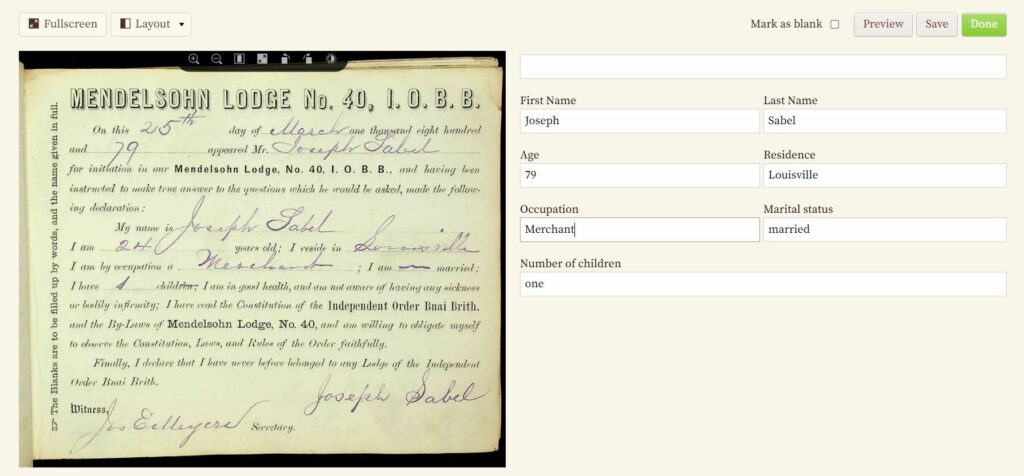
Some other FromThePage projects you may want to try are:
Florida Memory County Tax Rolls 1849-1885
Includes an exceptional collection of early tax rolls from around the state, as well as a robust set of Dade County records. Definitely worth a look!
Indiana State Teachers Association Registers
Each register contains a year-by-year list of teacher names, term taught, post office (for location), county, position at the time of becoming a teacher, place of birth, place of birth of parents, education level, school attendance, where and when they began teaching and salary per month. This is a valuable resource for uncovering information for unmarried women, professional teachers and individuals based in rural locations!
Indiana Draft Enrollment Lists of 1862
The U.S. government directed all northern states to fill a draft call for 300,000 men. In Indiana, two separate lists were created, one for men who had already enlisted in the volunteer forces and another listing all white men between the ages of 18 and 45 years who were able to be potentially drafted into the military. This enrollment list is available by county and is an excellent way to find ancestors in a specific military district within a particular period.
United States Colored Troops Muster and Descriptive Roll for Kentucky the 7th, 8th and 9th Districts
This ledger contains information on the African American troops from part of the 7th District and all of the 8th and 9th Congressional Districts of Kentucky, who were mustered into the U.S. Army during the Civil War in 1864-65. The information contained in these muster rolls includes:
- the name and rank of the individual
- where they were born, their age and occupation
- when and where they enlisted, by whom and for how long
- physical description and enslaver’s name or free legal status
- enlistee’s company assignment and any remarks
The remarks section can contain the name of the individual for whom the formerly enslaved person was enlisting as a substitute. There are significant strides in this area of genealogical research, and I highly recommend visiting the Kentucky U.S. Colored Troops Project to explore additional resources.
St. Paul Catholic Church Baptismal Ledger 1854-1909
St. Paul Catholic Church is one of the oldest existing churches in Lexington, Kentucky. Early church records are invaluable resources, as many states did not begin to require vital records until 1911. St. Paul’s baptismal ledgers contain the date of baptism, the name of the child, parent names, date of birth, sponsor names and the name of the priest who performed the baptism. Each record spans two pages. There are also some confirmation records located at the beginning of the earliest ledger. There is also a collection of African American baptisms before 1875, which were entered in the general ledgers of this collection. Definitely worth a look if you have ancestors in this area.
Tennessee World War I Questionnaires
Veterans questionnaires are a fantastic resource to uncover personal and military information on our ancestors. World War I research was a challenge before 2014 when there was limited military information available online. This trend is changing, and Tennessee has joined a growing number of states that are digitizing these essential records. Each two-sided card includes details such as:
- each veteran’s name
- date and place of birth
- occupation and marital status
- name and birthplaces of parents
- names and address of next of kin
- church preference and education level
- date and place of service
- the branch of service
- military company and regiment name and rank
- training camp name and location
- date of sailings
- promotions, honors, battles, casualties and discharge dates
This is a must-consult resource for your Tennessee ancestors!
Zooniverse
Zooniverse markets its site as ‘people-powered research.’ Unlike sites such as FamilySearch or FromThePage, Zooniverse is a cross-disciplinary transcription site that offers projects such as SquirrelMapper, Plankton-Portal, Click-A-Coral and Solar Jet Hunter. Genealogists and historians will feel right at home browsing and transcribing records from archives, museums, private collections and institutions in the United States and around the world.
Picturing Michigan’s Past
Anyone hunting for their family’s postcards will get a boost from visiting this site! The David V. Tinder Collection of Michigan Photography has digitized 60,000 postcards depicting the people, places, transportation and disasters in almost every county in Michigan from the early 1900s to the 1950s. The subject tagging of the cards has been completed, and now you can help transcribe the names, addresses and messages on each image. The images from this collection have been tagged by subject and include locations from all over the state. Postcard collections are rarely this well organized or transcribed for ease of use, so if your library, archive or historical/genealogical society is looking to undertake a similar project, check out this site!
Virginia WWII Separation Notices
Typeset and completely readable, this collection from the Library of Virginia includes separation notices for all military branches. These one-page documents provide a summary of each WWII veteran’s service and provide information on enlistment and discharge dates, proof of service and eligibility for certain benefits. As most World War II records remain in archives and out of reach due to privacy issues, this collection gives genealogists an idea of what to expect as more records are released by state institutions and federal archives.
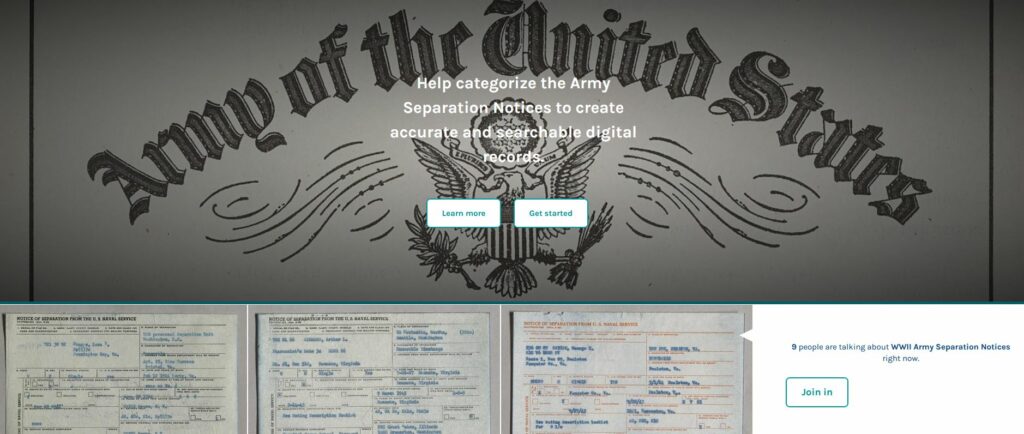
Beyond Borders: Transcribing Historic Maine Land Documents
Help turn a collection of 17th, 18th and 19th-century handwritten documents relating to Maine’s land history into text that students, teachers and historians may more easily read, search and access! This collection has everything from personal narratives and geographical descriptions to maps and charts. This is a much-needed resource for anyone researching ancestors in Maine while it was part of the Massachusetts Bay Colony from 1652 onward.
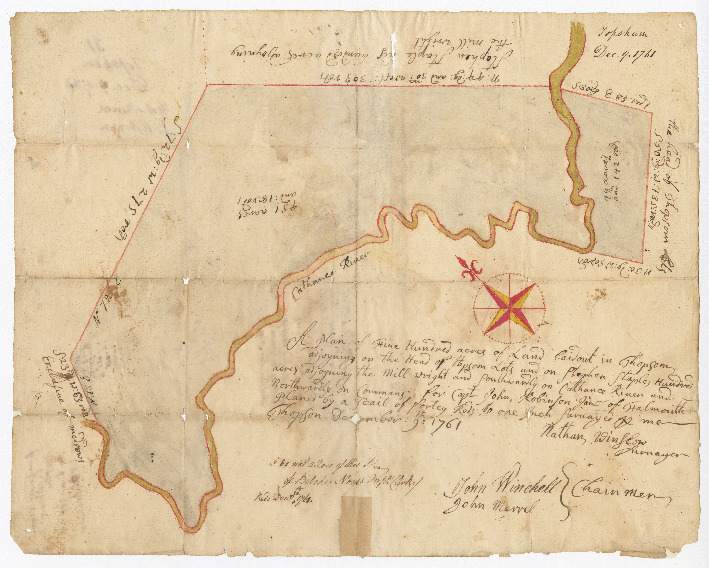
Do you have a favorite transcription project or broke through a brick wall by using one of the resources we’ve listed? Drop us a line and let us know! Let’s share our successes and thank the tireless volunteers and project coordinators who are helping push our research forward!
See You At The Library!
Debra

